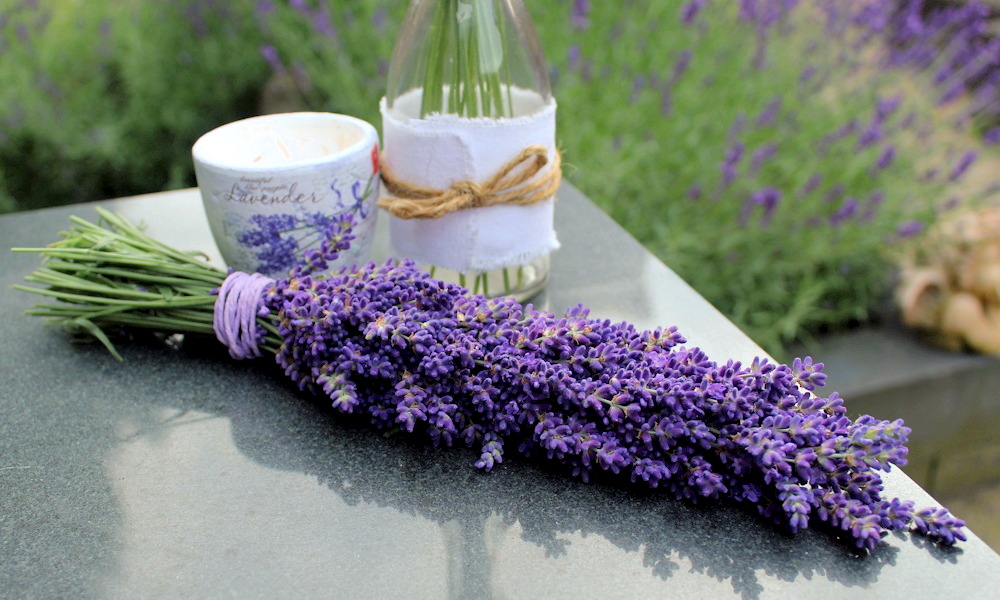Lavender, with its timeless charm and intoxicating fragrance, holds more secrets than meets the eye. In this article, we’ll delve into 10 intriguing facts about lavender that will leave you in awe of this versatile and enchanting herb, perfect for both novice and seasoned gardeners alike.
1. Diverse Species
Lavender belongs to the Lamiaceae family and comprises around 47 known species. English lavender (Lavandula angustifolia) and French lavender (Lavandula stoechas) are two popular varieties among gardeners.
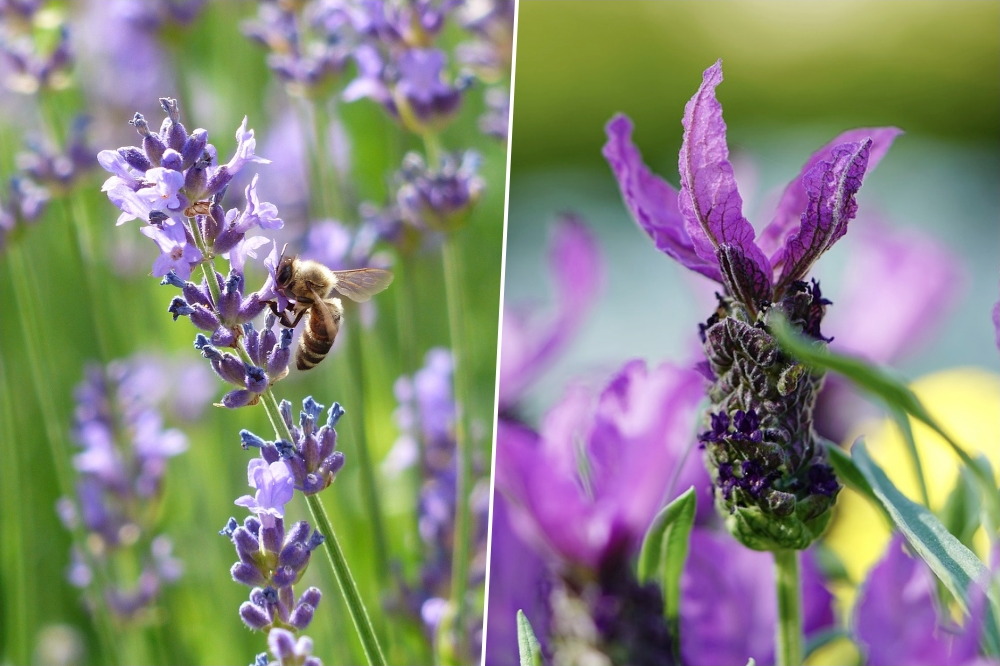
2. Historical Significance
Lavender has a rich history and has been used for centuries. Ancient Egyptians used it in the mummification process, and the Romans employed it for bathing and scenting their clothes. Its name even comes from the Latin word “lavare,” meaning “to wash.”

3. Aromatic Benefits
Lavender is renowned for its soothing fragrance. The scent has calming properties and is often used in aromatherapy to promote relaxation and reduce anxiety. Placing dried lavender sachets in your bedroom can help improve sleep quality.
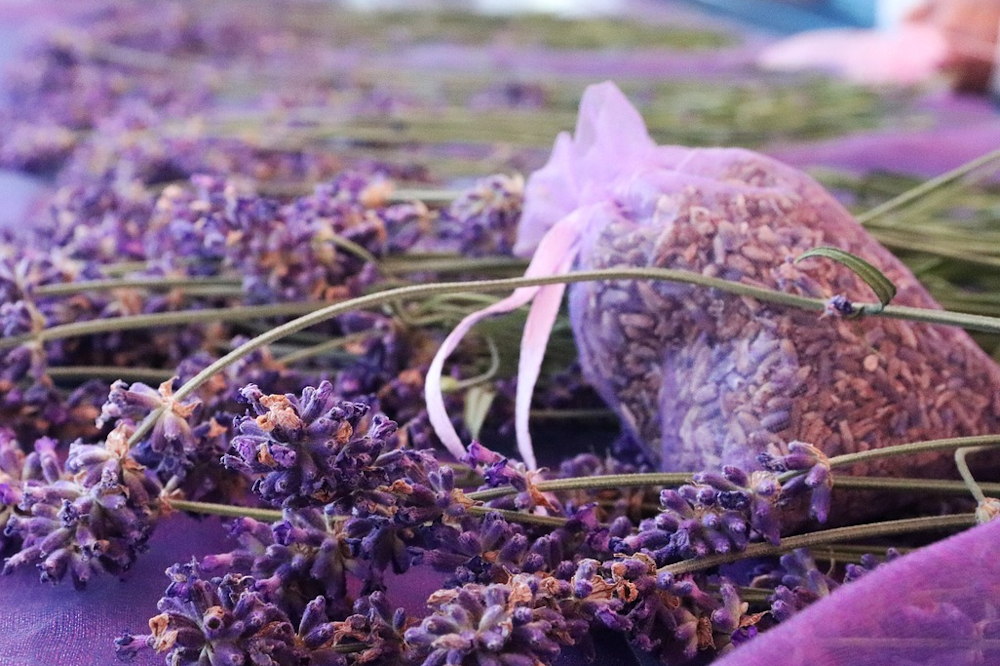
4. Culinary Uses
While primarily known for its fragrance, lavender also offers culinary possibilities. The flowers can be used in cooking to add a delicate floral flavor to various dishes, such as desserts, teas and even savory recipes like lavender-infused roasted vegetables. The flowers and leaves can infuse a delicate flavor into baked goods, teas, syrups and salads.

5. Medicinal Properties
Lavender possesses medicinal properties and has been used for its therapeutic benefits. It has anti-inflammatory, antimicrobial and analgesic properties, making it useful for treating minor burns, insect bites and skin irritations.
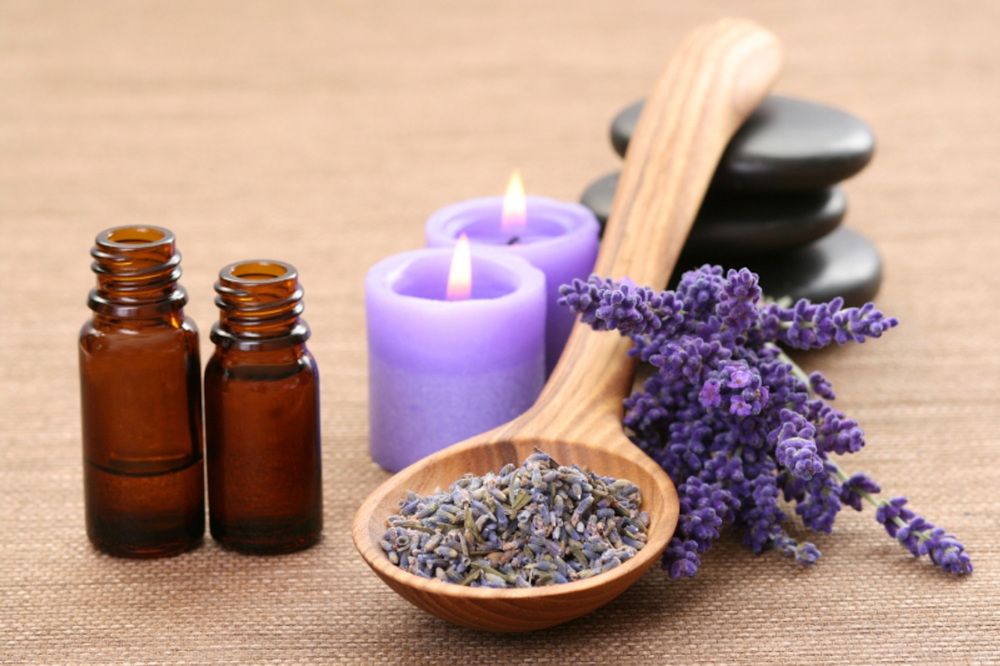
6. Attracts Pollinators
Lavender’s vibrant flowers attract pollinators like bees, butterflies and hoverflies to your garden. By planting lavender, you not only beautify your space but also provide a food source for these essential creatures, contributing to the overall health of your garden ecosystem.
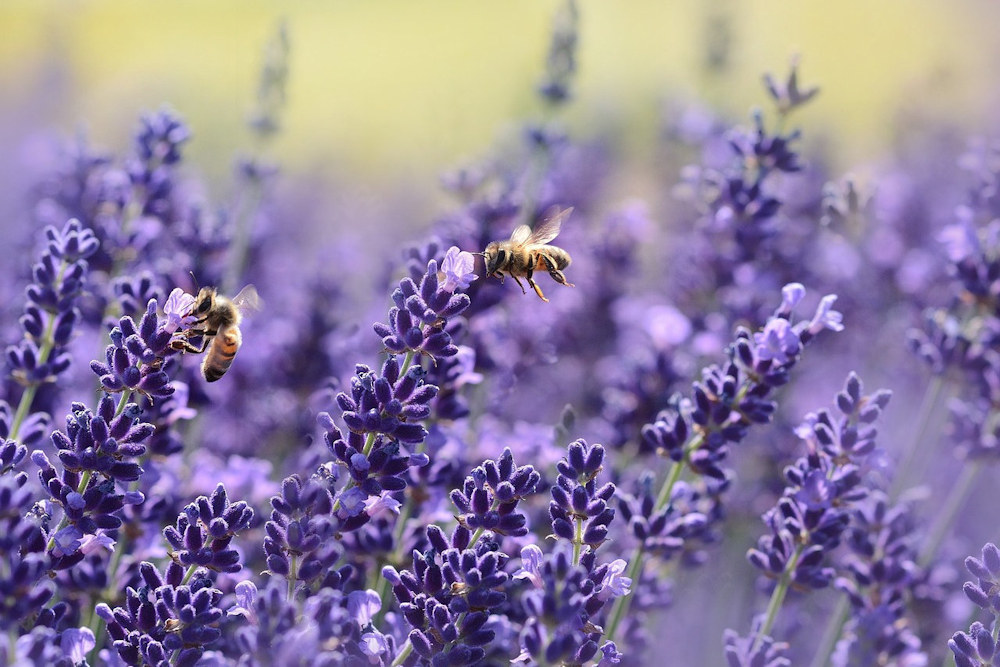
7. Pest-Repelling Properties
Lavender’s strong fragrance acts as a natural deterrent for pests like mosquitoes, flies and moths. Planting lavender around your outdoor seating areas can help keep these pests at bay.
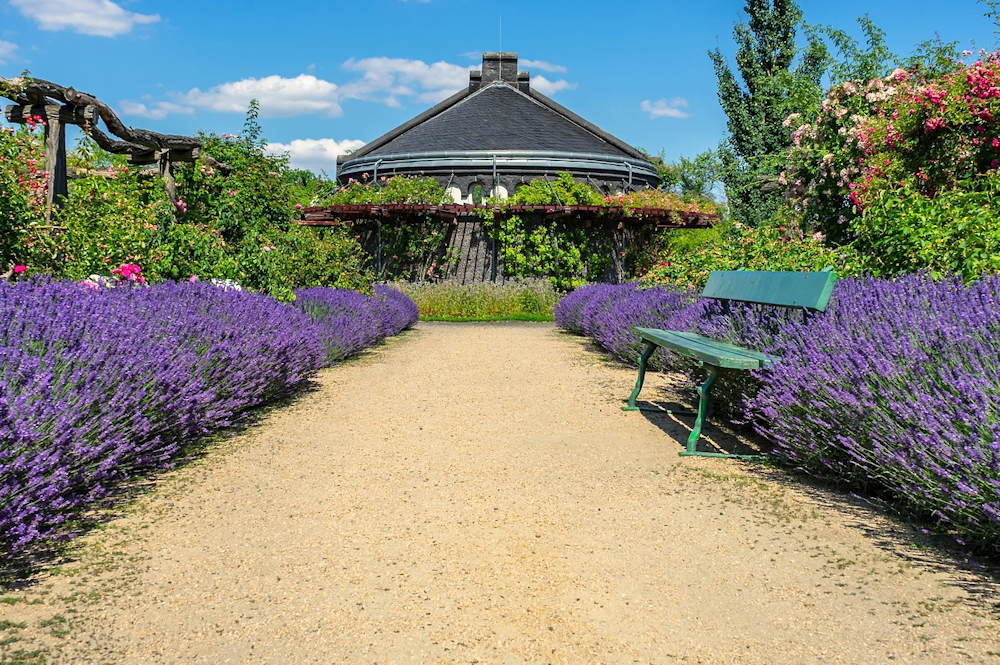
8. Companion Planting Benefits
Lavender is an excellent companion plant for many other herbs and vegetables. Its scent can repel pests that may harm neighboring plants, and it can attract beneficial insects that help with pollination and pest control.
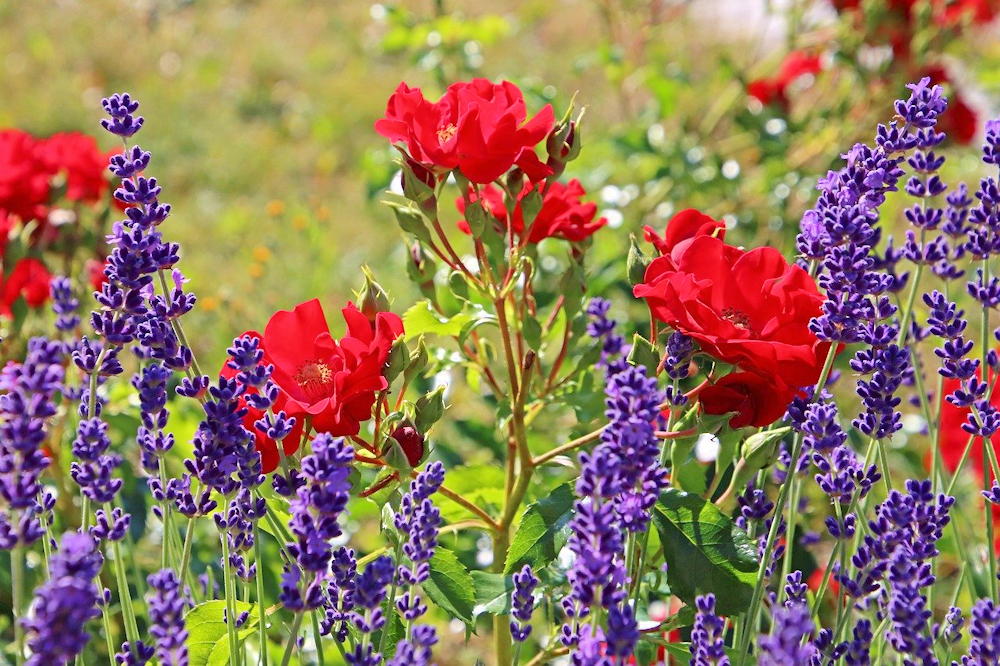
9. Drought-Tolerant & Versatile Ornamental Plant
Lavender is known for its ability to withstand dry conditions. It thrives in well-drained soil and requires minimal watering once established. This resilience makes it an excellent choice for beginner gardeners or those with limited time for maintenance. Lavender is a versatile plant that can be incorporated into various garden styles. Its narrow, silver-green foliage and vibrant purple, pink or white flowers provide a beautiful contrast in both formal and informal garden designs. It can be grown in borders, rock gardens, containers and even used as hedging.
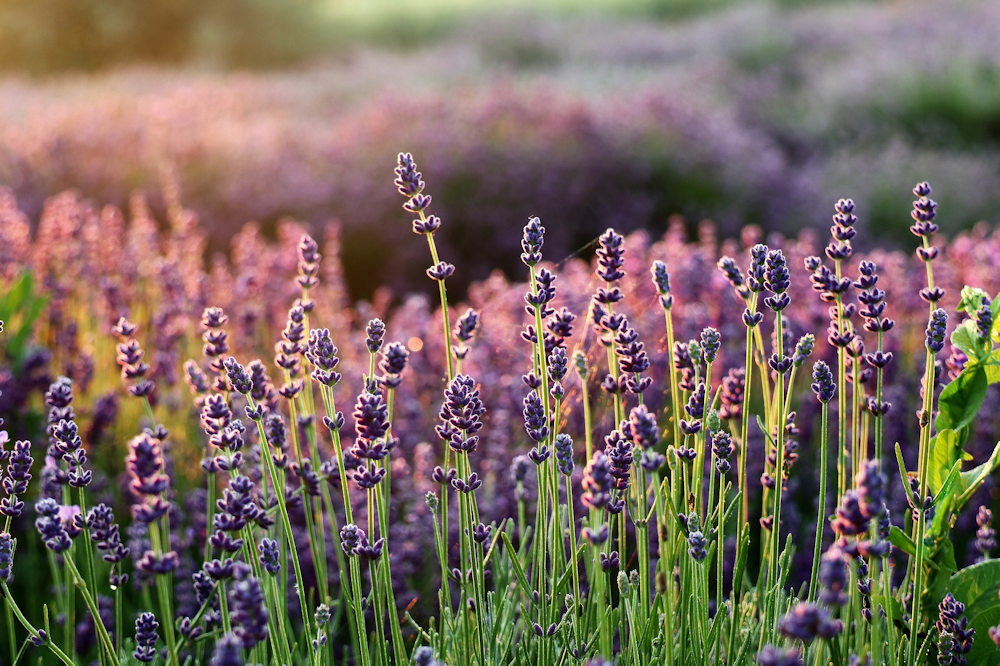
10. Drying and Crafts
Lavender’s flowers and foliage can be harvested and dried for decorative and aromatic purposes. Dried lavender bundles make lovely home decorations and can be used in potpourri, sachets and homemade beauty products like soaps and candles.




